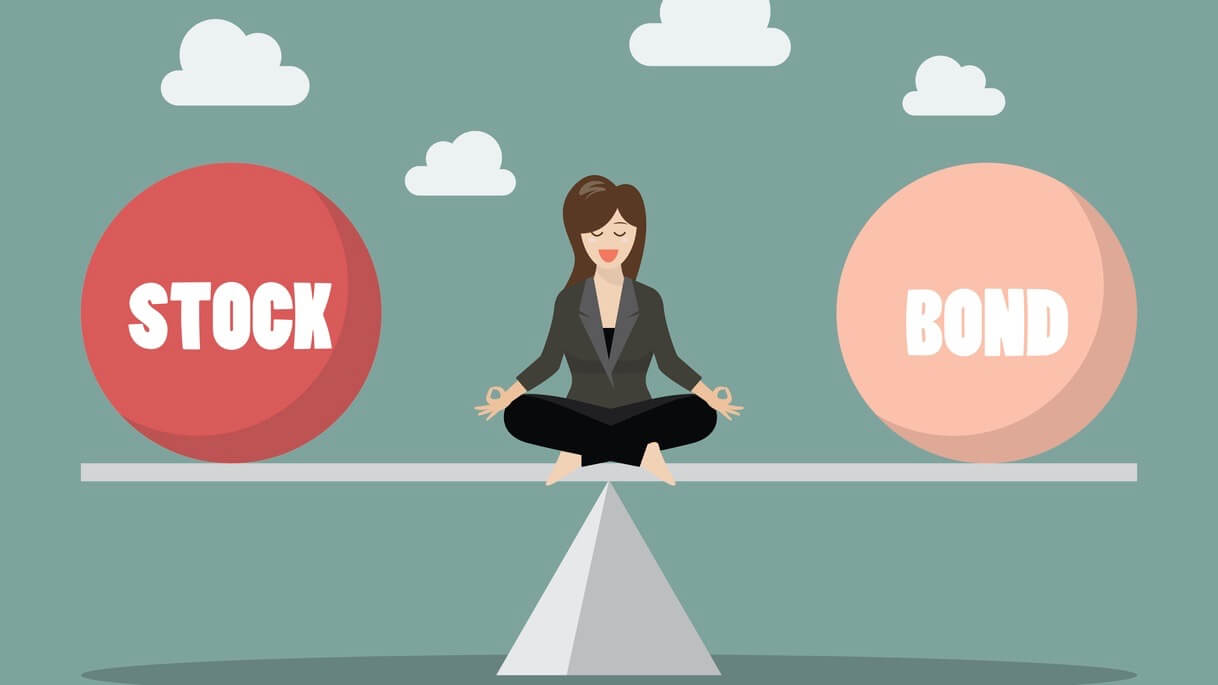How to rebalance when some ETFs already do it themselves
Some ETFs rebalance themselves, but investors need to track their entire portfolio mix.
Advertisement
Some ETFs rebalance themselves, but investors need to track their entire portfolio mix.

RELATED: How to boost your returns in retirementHowever, the need to rebalance does not disappear if you use the new Vanguard ETFs for only part of your portfolio. If you invest only your new money in the asset allocation ETF and hang on to all of your existing holdings, your portfolio’s mix of stocks and bonds will still change as markets move, and from time to time you will still need to sell some of the winners to top up the losers. In fact, you might need to make even more trades now. In the past, you were probably able to keep your portfolio in balance simply by adding new money to whichever ETF was furthest below its long-term target. During periods where stocks performed well, you could have added your new contributions to your bond ETF—or vice versa. That might have allowed you to avoid selling anything to rebalance. Now, with all of your new contributions going to a single balanced ETF, the rest of the portfolio might need more frequent attention.
RELATED: Stocks to help you achieve your financial goalsThis would probably be manageable if your target asset mix matched one of Vanguard ETFs exactly: if you already use a mix of 40% bonds and 60% stocks, then adding VBAL to your portfolio would not complicate your rebalancing too much. You could simply ignore that holding and rebalance as you did before, confident that VBAL will look after itself. But things get more complicated if your target is, say, 50% fixed income and 50% equities. None of the Vanguard asset allocation ETFs use that mix, so if you added one of them to your portfolio you would need to adjust the weight of your existing ETFs to compensate. The math isn’t something you can do in your head, so you’d probably need to build a custom spreadsheet to make the calculations. Who wants to do that?
RELATED: Don’t fall for investment pornMarty, if you’re investing only in tax-sheltered accounts (RRSPs and/or TFSAs) and your goal is to simplify your investments, then you may want to consider selling your existing holdings and going all-in with one of the new Vanguard asset allocation ETFs. Sure, it will cost you a few trading commissions, but this one-time expense will reduce both cost and eliminate the need to rebalance going forward. And isn’t that the whole point of a one-fund solution?
Share this article Share on Facebook Share on Twitter Share on Linkedin Share on Reddit Share on Email
If you were to buy something like VGRO with the 80/20 mix now while a young investor with a long time horizon, what do you do when you want less risk and you want the bond amount to go up? Do you sell all your VGRO and and buy individual ETFs to keep a diversified portfolio and make rebalancing less complicated?
Same question as Stephanie If you were to buy something like VGRO with the 80/20 mix now while a young investor with a long time horizon, what do you do when you want less risk and you want the bond amount to go up? It’s been 20 years and you are now close to retirement. No Do you sell all your VGRO and and buy individual ETFs to keep a diversified portfolio and make rebalancing less complicated?
Due to the large volume of comments we receive, we regret that we are unable to respond directly to each one. We invite you to email your question to [email protected], where it will be considered for a future response by one of our expert columnists. For personal advice, we suggest consulting with your financial institution or a qualified advisor.